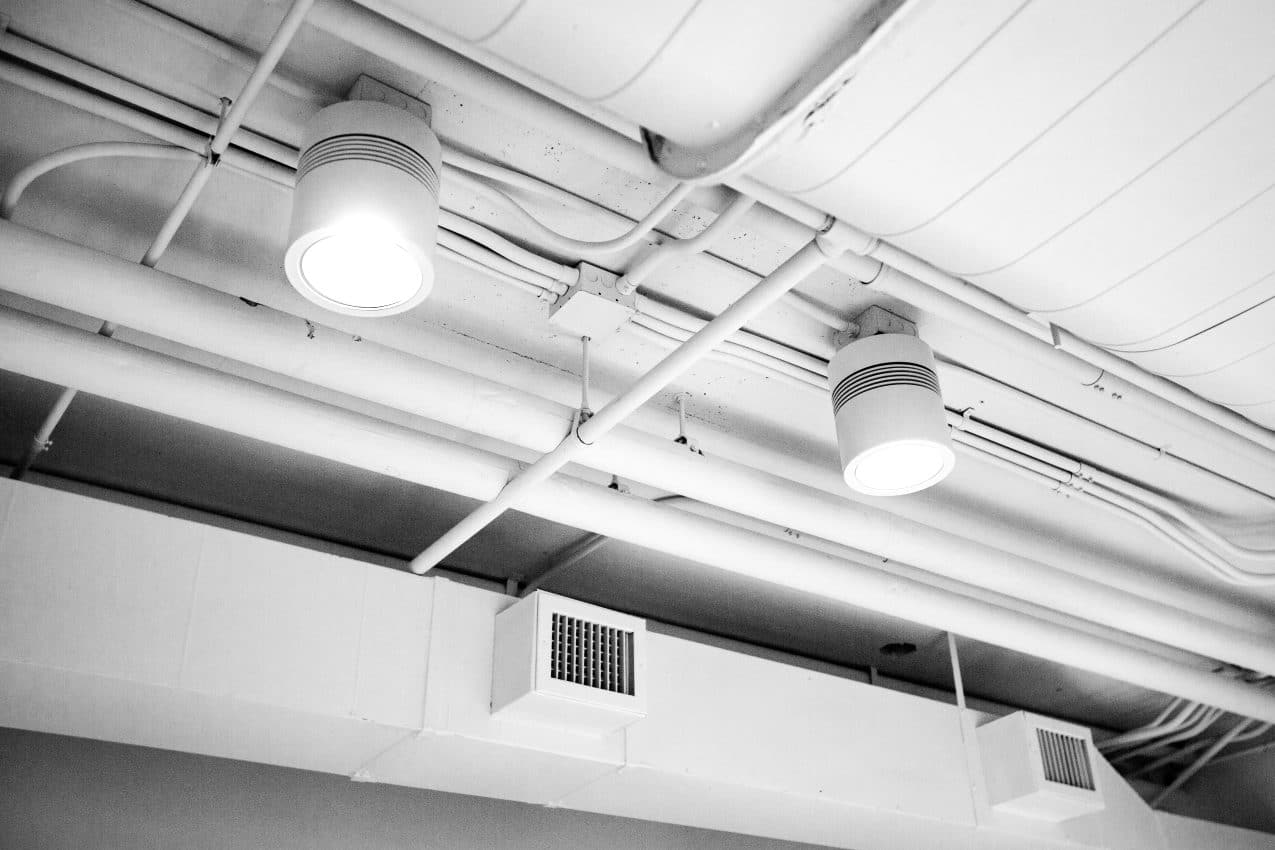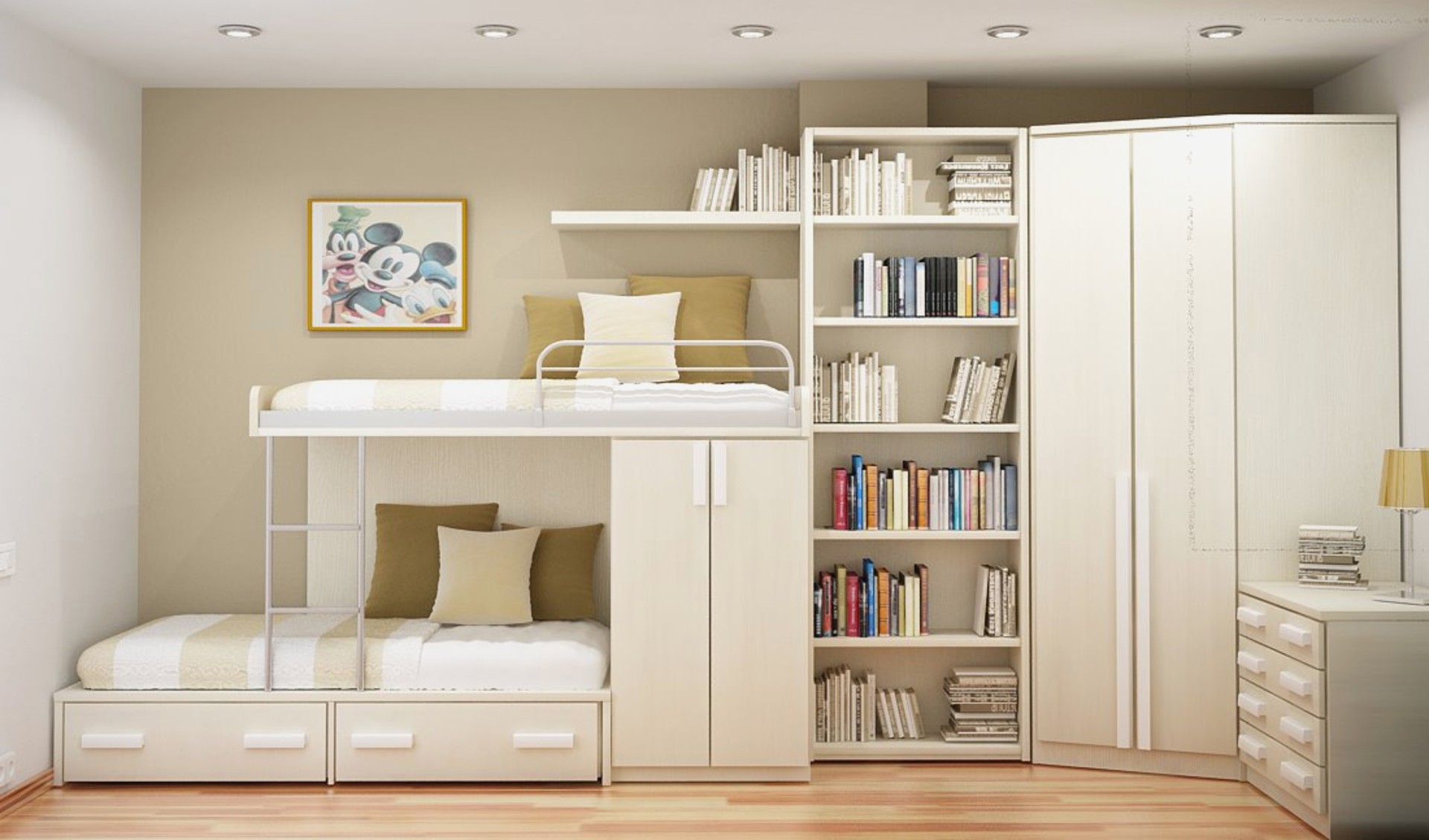
A thermostat is a device that works with your HVAC system to regulate the temperature in your home. Turning it off means that your heating and cooling systems won’t achieve your desired temperature.
Read https://andersonair.com/thermostat-placement-guidelines/ to know how to place your thermostat right for maximum efficiency.
Some homeowners turn their thermostats off when not home to conserve energy. But is this practice alright? Should you turn thermostat off when you’re not home?
Join us as we find out the answer to this question.
The Common Misconception
Most people think that switching off the thermostat increases energy consumption because the heating system has to work harder (more) to warm up a cold house (cool an already hot house) than to maintain the desired temperature in an already comfortable space. But according to the Department of Energy, this is a misconception.
It actually requires more energy to keep your house at its cozy (normal) temperature than to heat it back to that temperature after turning the thermostat down or off.
When your thermostat is programmed to keep your house warm even when you are away, it leads to energy wastage, more so in the winter.
When you leave your thermostat on, it constantly works with your central heating system to keep your house consistently at the required temperature. As hot air is supplied throughout your house, the heat moves up to places with cooler temperatures. When the heat sufficiently warms up your whole house, it starts moving towards colder places. However well insulated your house is, the heat will escape the warm indoors to the colder places outdoors.
The continuous heat loss makes your indoor temperature drop, which in turn makes the thermostat signal the furnace to kick on and reheat the air. This continuous cycle leads to high energy consumption in the short and long run.
On the other hand, turning your thermostat off saves power. A thermostat that is “off” means your home remains cold throughout your leave. Once you return and turn on the thermostat, your thermostat will use lesser power to warm up a freezing house. So, should you turn your thermostat off when you leave home? Yes, you can, but it’s not generally recommended.
Does Turning Off The Thermostat Mean Turning Off The Furnace Or AC (Heating And Cooling System)?
No. these are two different things.
Turning the thermostat off doesn’t mean that your ac or furnace is off. Your ac or furnace keeps running, performing its regular functions. The only difference is that no device regulates the temperature. There is no thermostat to instruct the furnace to continue heating up the air to maintain the desired temperature throughout the house.

So, with the absence of the thermostat, the furnace and ac remain in the automatic mode where they just operate in their usual cycles. So, should you turn thermostat off when away? Yes, you can.
Why You Should Not Turn Off Your Furnace or Air Conditioning
Shutting these HVAC systems completely off when away leads to expensive repairs. When your house gets too cold in the winter season without the furnace heating up the air in its heating cycles when it’s on, the absence of heat makes the pipes freeze and burst. And at the close of the season, you have to replace the entire pipework in the house.
This also holds true in the summer when temperatures are too hot. When it’s too hot, and the air conditioner is not working, the cooler indoor air and very hot outdoor temperature lead to condensation. Humidity destroys your home’s wooden surfaces (cabinetry, wood floors, etc.).
Should you ever turn your thermostat off while away, leave your HVAC system on to preserve your home.
So, What Is The Best Way Forward?
Readjust your thermostat accordingly:
To save on heating costs
When you are home, set your thermostat to about 68 degrees Fahrenheit, and reduce this temperature to about 55 degrees Fahrenheit when you are away from home or before you go to bed.
To save on cooling costs
Keep your house warmer than usual when you are away from home, and increase the temperature to around 78 degrees Fahrenheit to get your desired cooler temperatures.
Adjust your thermostat to a lower setting to ensure that you come back to a cozy indoor atmosphere without spiking your monthly energy bills. As per the US Department of Energy, if you lower your thermostat by about 10-15 degrees for eight hours a day (while sleeping or when you are not home), you can save about 5-15% a year on heating costs.
How Do You Implement This?
Invest in a smart thermostat — this device allows you to schedule heating levels to automatically rise when you wake up or come back home at a day’s end. Or to automatically lower when you return home during the summer.
Programmable thermostats can help you save energy. You can program the unit to alter the heat automatically for the time you are at work. When you are not home, the thermostat doesn’t need to maintain the temperature. It adjusts to the right temperature just before you get back home so that when you enter your door, the house is cozy.
How Do You Adjust Your Thermostat?
Locate your thermostat’s position in your house. Make the necessary adjustments. Depending on your HVAC system, press the up and down arrows to increase and reduce the temperature setting as needed.
Will You Save Money When You Adjust Your Thermostat?
Yes. You can actually save about 15% of your total heating bills by lowering or increasing the temperature setting by seven degrees during winter or summer, respectively, for eight hours every day.
Should You Turn Your Thermostat Off Conclusion
Should you turn thermostat off when away? You can, but you shouldn’t turn your thermostat off at all.
All you have to do is lower its temperature settings (adjust your thermostat appropriately) when you are away and increase it to the desired temperature when you are back home. For the right temperature needs, seek the services of a trusted HVAC technician.


